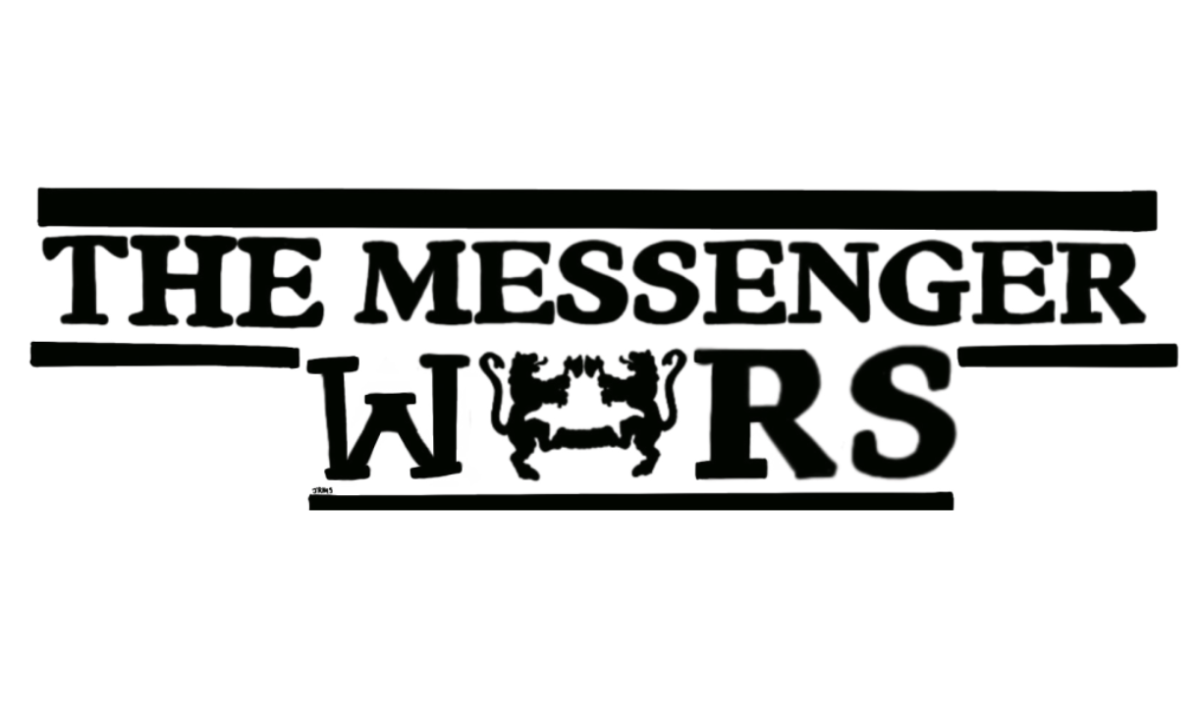Further investment in the mental well-being of students at St. Olaf could possibly pay dividends. Diagnoses of mental health issues have spiked in the last half century, and an article published by Psychology Today in 2010 claims that high school and college-aged students were five to eight times more likely to meet the criteria for depression than their counterparts of 50 years ago. This trend shows little sign of reversal. More recent findings in sources like the Australian and New Zealand Journal of Psychiatry corroborate the findings of Psychology Today, with the increase in anxiety being especially marked in women. It is true that as society has advanced, its view of mental disorders has progressed in leaps and bounds.
To name a famous example, in 1943 the famous general George S. Patton slapped a soldier suffering from battle fatigue, known as Post-Traumatic Stress Disorder PTSD. Although Patton came under criticism, he was not removed from his command in World War II. Actions like these would be seen as completely abhorrent in the present day. Perhaps mental disorders have become more frequently diagnosed as they’ve lost some of their stigma, but the studies and statistics on the issues still remain alarming.
With all the current discussion over mental health, many companies, colleges and schools have been making an effort to offer help. St. Olaf, like most post-secondary educational institutions across the country, has several resources and organizations in place to address the need for assistance with coping and treating mental disorders and illnesses. Among these is the counseling center, Boe House, which offers group programs as well as individual counseling for students by licensed psychologists and a psychiatrist.
Due to the non-physical nature of mental illness, its debilitating effects can often be lost on those who have not experienced it. This type of illness is seen as more fictive than a strictly physical disease, such as mononucleosis more commonly just called mono, but it is perhaps just as debilitating. Unfortunately, some do see professing mental illness as false pretense for obtaining a Xanax prescription or a sign of poor character. GOOD magazine published an article on mental health that will even appeal to such people. In this article, the author cites a report by the Organization for Economic Cooperation and Development that estimates that as much as four percent of a nation’s Gross Domestic Product GDP can be lost due to the mental health issues. These losses usually come in the form of reduced productivity of workers and other indirect costs that can be hard to quantify.
These GDP losses are exacerbated in poorer countries where, for economic and often cultural reasons, the development of psychological issues is more likely to occur and less likely to be treated. However, this certainly does not mean that more developed countries are immune to the same problems. A study by the Australian Mental Health Commission claimed as high as a $2.30 yield in increased productivity return for every dollar spent on creating a mentally healthy workforce.
One can only imagine how much more academic progress could be made if fewer students had personal problems to deal with or the monetary savings for the college if it spent less on issues relating to drug and alcohol abuse, such as property damage or medical liabilities.
Although St. Olaf is not a profit-making venture, it could be beneficial to further invest in the mental health of Oles, not only for the students, but also for the college itself.
Scott Johnson ’18 [email protected] is from Gladstone, Mo. He majors in history.


